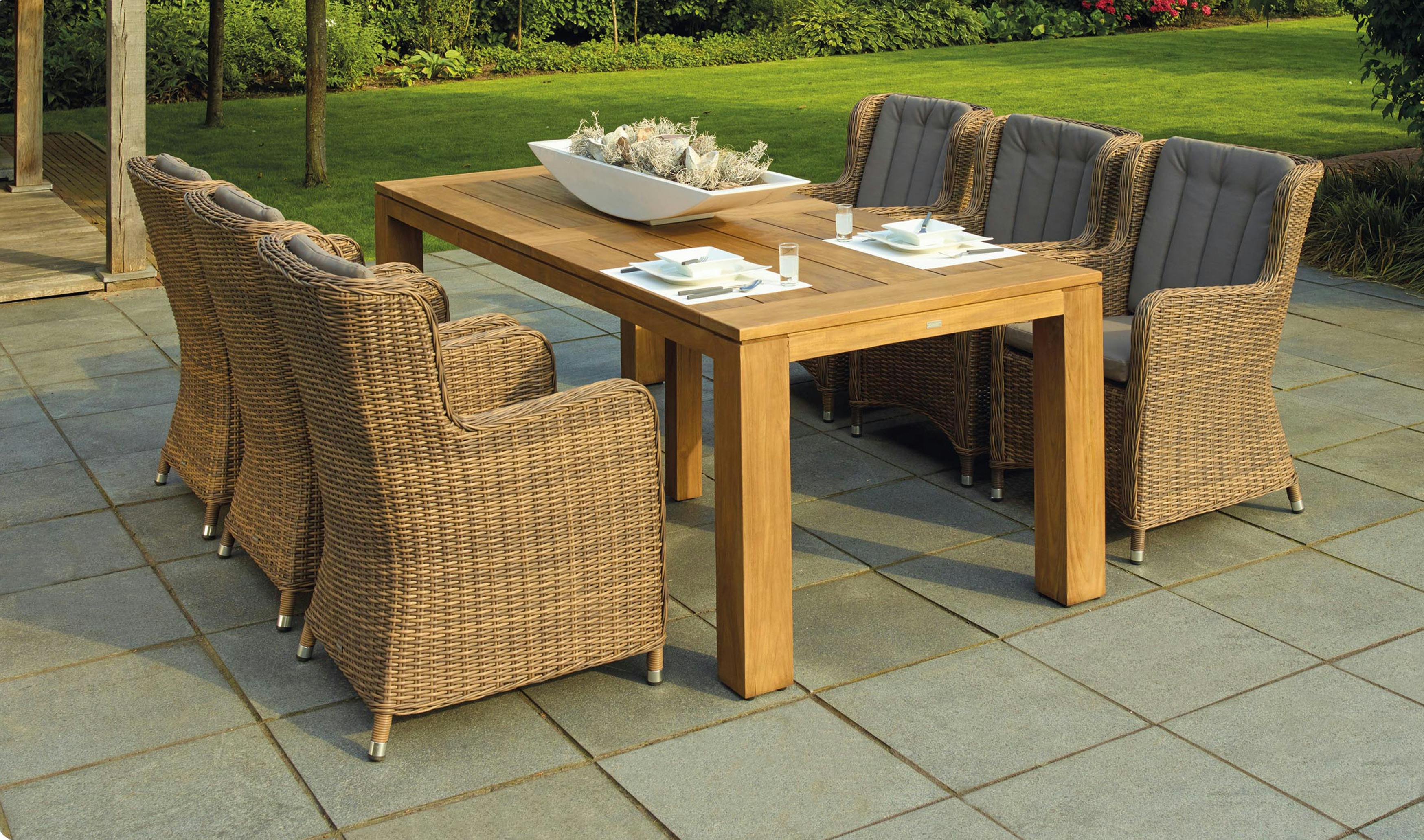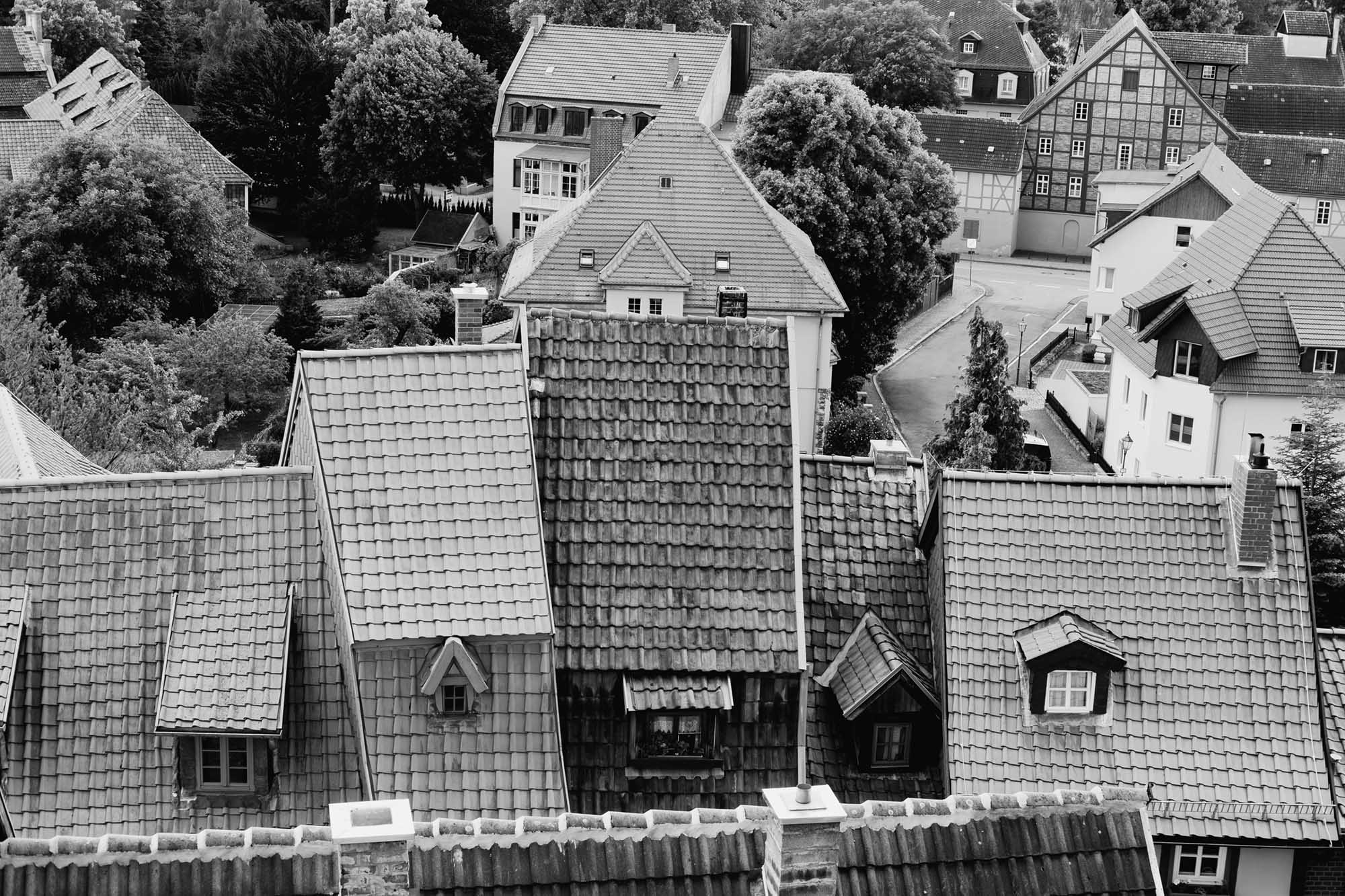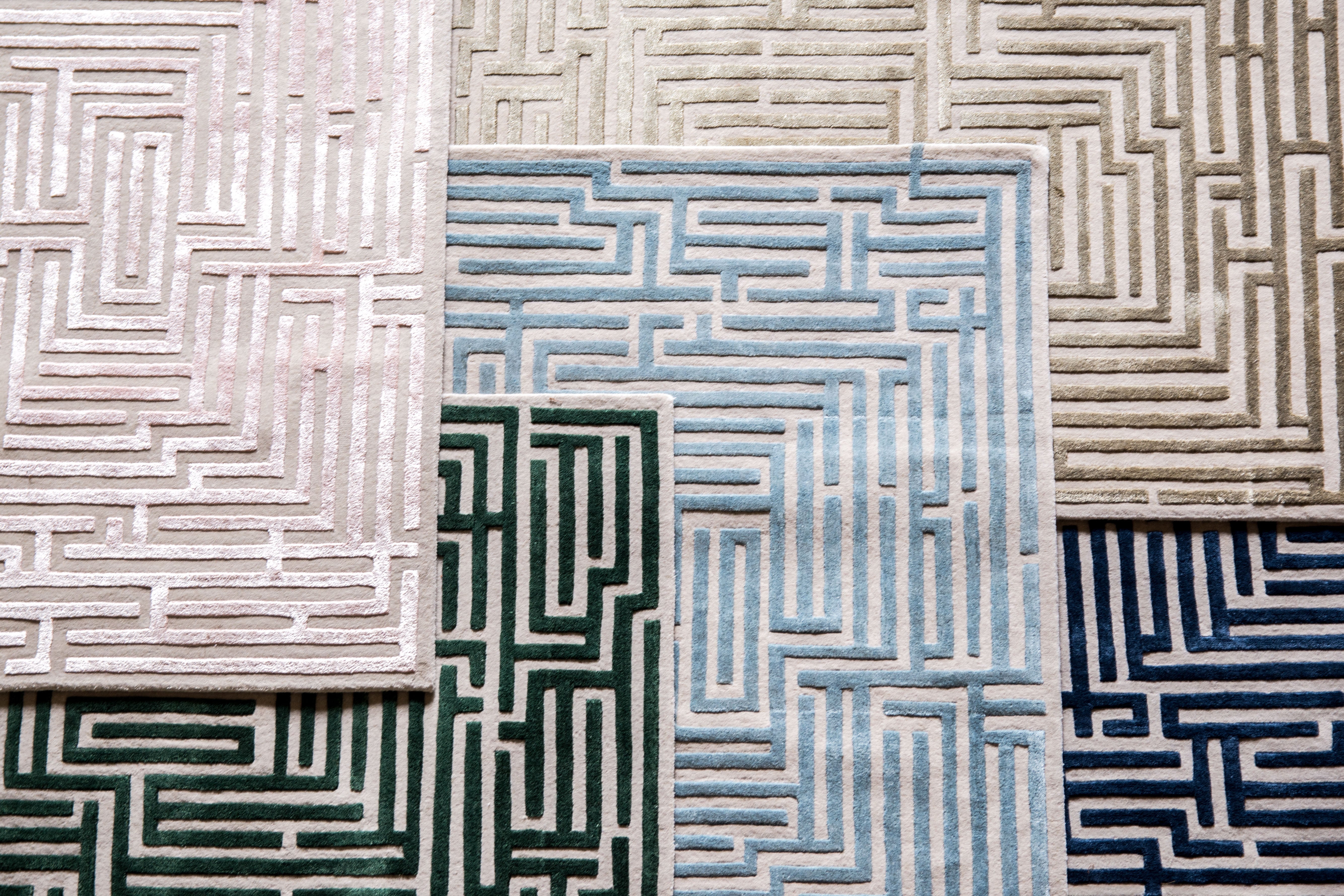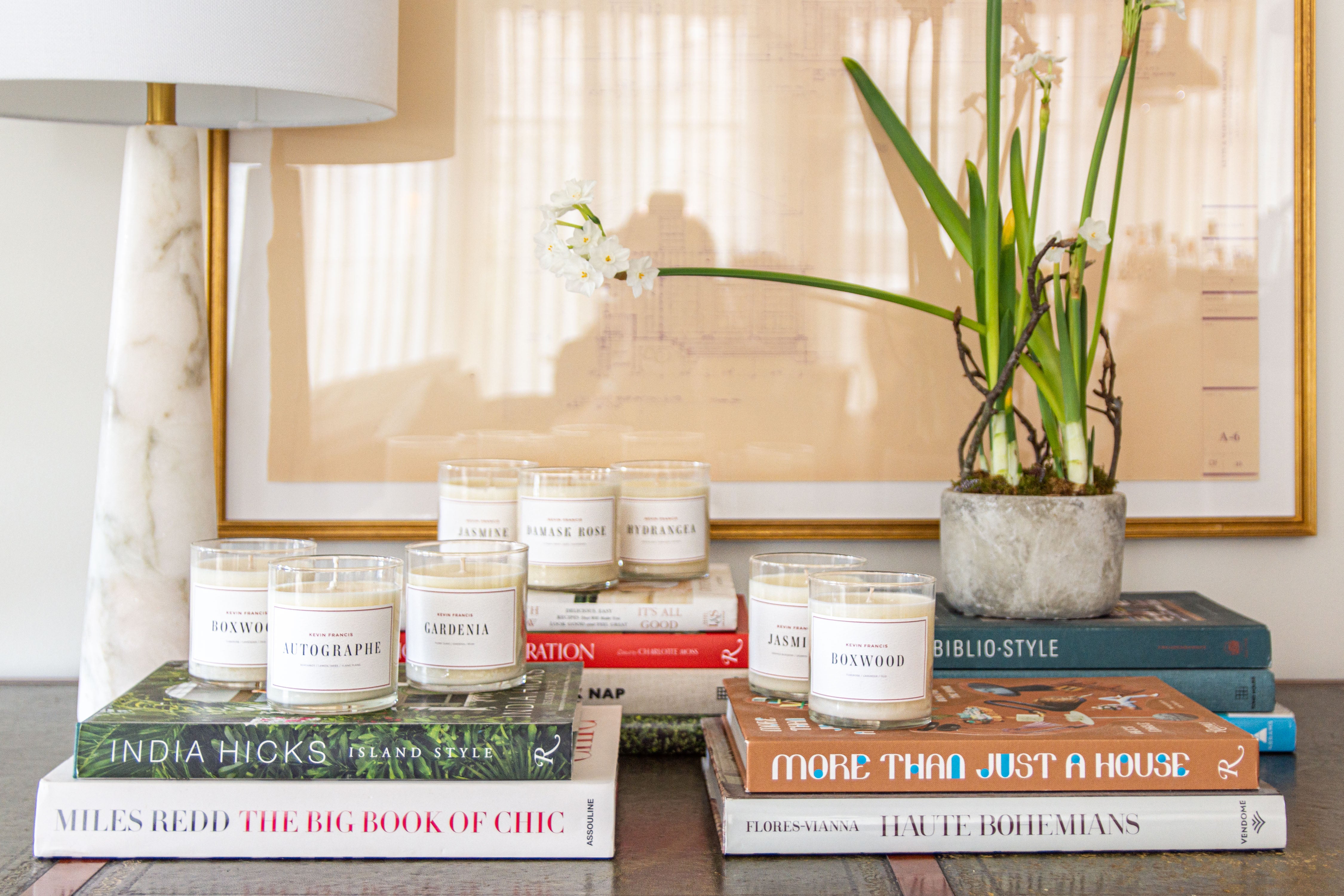Eco-Friendly Landscaping: Designing Your Dream Yard While Minimizing Waste

Landscaping transforms any outdoor space into a personalized sanctuary. However, with concerns about environmental sustainability at the forefront of many homeowners’ minds, the emphasis on eco-friendly landscaping has never been more critical. By focusing on sustainable methods and materials, we can create beautiful yards that meet our aesthetic and functional needs and contribute positively to our environment. Implementing yard waste management tips for a greener tomorrow can significantly affect how we approach yard design and maintenance.
The Elements of Landscaping with Nature
An eco-friendly green or sustainable landscape is an approach to designing and caring about your plants in a pocket-friendly way that will ensure the sustainability of the environment. Having this as a goal means that we not only considerably lessen the need for inputs and outputs but also reduce our overall ecological imprint.
Following suit entails adopting local plant species, conserving water, and natural pest management techniques. The aim is to reach a compellable ecocentric resonance, guaranteeing that landowners’ needs are met while natural harmony exists.
Building the Foundation: Soil health and plants are recommended as the main theme or title for the campaign package for easy recall and better attention.
Soil laydown is the fragment upon which sustainable landscaping starts. A soil that is in good health helps plants meet their nutritional needs without chemical fertilizers, which causes environmental problems. Composting is one of the significant waste materials. Still, the organic yard waste is converted to nutrient compost that can be used to improve soil quality, lowering the need for synthetic products.
When selecting what to do, professional landscapers advise always preferring native types of plants. Native plants provide an advantage to the local climate and soil of the region, as they can do without much water and are resistant to pests and diseases because they are adapted to these conditions compared to non-native plants. This makes them not only simple to maintain but ultimately requires less intervention with chemicals.
Water Conservation Techniques
The conservation of water also goes a long way toward eco-friendly landscaping. Regularly maintaining lawns and gardens can lead to excessive water usage, with the situation being the different ways people can save water through intelligent planning and sound design. Techniques such as xeriscaping, which refers to planning utilization to minimize or even eliminate the need for irrigation, can radically reduce water use. With drip irrigation systems, which are usually installed underneath by supplying water sprinkles directly to the plant’s roots, the system can likewise minimize wastage.
Mulch is another thing that has proved helpful in the fight against wasting water. It is imperative because it sustains soil moisture and conserves water that could evaporate; thus, plants will receive a constant water supply. Furthermore, mulch can help the soilís health by decomposing, eventually becoming a good source of nutrients, which in turn reduces the artificial usage of fertilizers.
Sustainable Resources and Reduction of Waste Exploration
Sustainable materials selection is a critical factor in mitigating an adjacent impact on the environment of your landscape projects. To practice sustainable gardening, use recycled or renewable resources for the paths, fences, and decks. Moreover, these elements add beauty to the sight and ultimately contribute to reducing the need for raw and raw non-renewable resources.
Another way eco-friendly landscaping approaches waste reduction is to keep it at the base of the practice. Remember that this would involve composting your yard waste or using cuttings as new fertilizer, boosting your soil and making it more fertile. By adopting these approaches, your landscape will produce less waste compared to other methods, making your landscaping venture affordable and environmentally friendly.
Conclusion
Eco-friendly landscaping is an intentional process that is a rich source of lasting environmental sustainability. Consumers investing in areas of soil health, native planting, water conservation, and sustainable materials are beginning to create gardens that are not only visually appealing but good for the environment, too. The future revolves around environmental awareness and demands these practices as these challenges loom on the global ecological platform. Through some effort, you can design a sustainable yard that will benefit you now and other generations afterward. If you are making each decision for sustainability, then on a large scale, you are helping create the atmosphere of a green and sustainable world.









